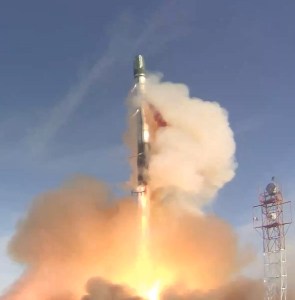Terry Osborne ZL2BAC has provided some information on the upcoming launch from New Zealand of 10 CubeSats on the Rocket Labs Electron ELaNa-19 mission, a number of the satellites carry amateur radio payloads.
On the AMSAT Bulletin Board Terry writes:
From Rocket Lab’s recent twitter post:
A nine-day launch window for the ELaNa-19 mission opens 13 – 21 December 2018, UTC.
Lift-off from Launch Complex 1 is scheduled between:
04:00 – 08:00 UTC (13 Dec) 17:00 – 21:00
NZDT (13 Dec) 20:00 – 00:00
PST (12/13 Dec) 23:00 – 03:00
EST (12/13 Dec)
The launch will be streamed from their web site at https://www.rocketlabusa.com/live-stream
See also https://www.rocketlabusa.com/launch-info/launch-complex-1/
Satellites to be launched are:
ELaNa XIX
Date: NET December 11, 2018
Mission: Rocket Lab Flight 4, Electron, Mahia, New Zealand
10 CubeSat Missions scheduled to be deployed
• ALBUS – NASA Glenn Research Center, Cleveland, Ohio
• CeREs – NASA Goddard Space Flight Center, Greenbelt, Maryland
• CHOMPTT – University of Florida, Gainesville, Florida
• CubeSail – University of Illinois at Urbana-Champaign
• DaVinci – North Idaho STEM Charter Academy, Rathdrum, Idaho
• ISX – SRI International/ California Polytechnic University
• NMTSat – New Mexico Institute of Mining and Technology
• RSat – United States Naval Academy, Annapolis, Maryland
• Shields-1 – NASA Langley Research Center, Hampton, Virginia
• STF-1 – West Virginia University / NASA IV&V
73, Terry Osborne ZL2BAC
AMSAT Bulletin Board http://www.amsat.org/pipermail/amsat-bb/







You must be logged in to post a comment.